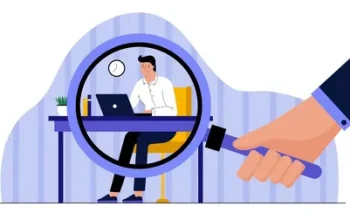
Creating the perfect illustration for a product can be difficult, but with the right tools and techniques, it can be done. Technical illustrators are experts in creating illustrations that accurately represent products and concepts. To create an effective illustration, technical illustrators first need to understand the product they are representing. They also need to have a good understanding of engineering principles and how products work. Once they know what the product is and how it works, they can start creating sketches and renderings.
Technical illustrators often use 3D software to create high-quality illustrations. They also use photo editing software to add textures and details to their illustrations. While creating an illustration for a product can be challenging, technical illustrators are experts at making them look accurate and appealing to potential buyers.
How do you create stunning illustrations using technology?
Technology has made it possible for illustrators to create stunning illustrations that would have been impossible just a few years ago. With the right tools and techniques, an illustrator can use technology to create detailed drawings and illustrations that are both visually appealing and technically accurate. Here are four ways that technical illustrators use technology to their advantage:
- using digital drawing software, illustrators can create high-quality images without the need for expensive equipment or long hours of drawing;
- Photoshop and Illustrator offer powerful tools for creating textures, patterns, and logos;
- graphic design software such as Inkscape and GIMP allows illustrators to create intricate images and designs from scratch;
- 3D software such as Maya gives illustrators the ability to create detailed renders of objects and scenes;
What are some creative ways to show data visually?
Data visualizations are a great way to communicate information in an easy-to-understand way. They can be used in a variety of settings, such as business presentations, scientific papers, or even on social media. Some creative ways to show data visually include using infographics, maps, and charts.
Infographics are a great way to quickly share information about something complex. Maps can help users see patterns and relationships in data, while charts can be helpful for demonstrating trends or fluctuations over time. Social media is another great place to use data visualizations. They can be used to create cool graphs and illustrations that people will enjoy looking at.
What design challenges are you frequently presented with?
- As a technical illustrator, you are constantly presented with design challenges that range from designing for print to interactive media. To be successful in this field, you need to be able to adapt and grow as the industry changes.
- You will also need to be proficient in a variety of software programs, such as Adobe Photoshop and Inkscape, as well as have knowledge of typography and layout.
- It is important to learn how to create mockups so that you can better understand how your designs will look on different types of media. This will also help you avoid any last-minute problems when creating the final product.
- Finally, it is important to stay current with industry trends so that your designs stand out and are not outdated within a short period of time.
What is a typical day like for a technical illustrator?
A typical day for a technical illustrator may involve drawing diagrams, creating illustrations and visualizations, and doing research. They may also need to create 3D models and work on art direction. In general, a day as a technical illustrator can be varied and full of variety.
In conclusion, a technical illustrator is someone who has a strong understanding of design, rendering, and illustration. They use this knowledge to create illustrations that help technical documentation and product explanations be more accurate and engaging. Technical illustrators are in high demand across many industries, so if you have the skillset, it’s worth considering a career in technical illustration.


